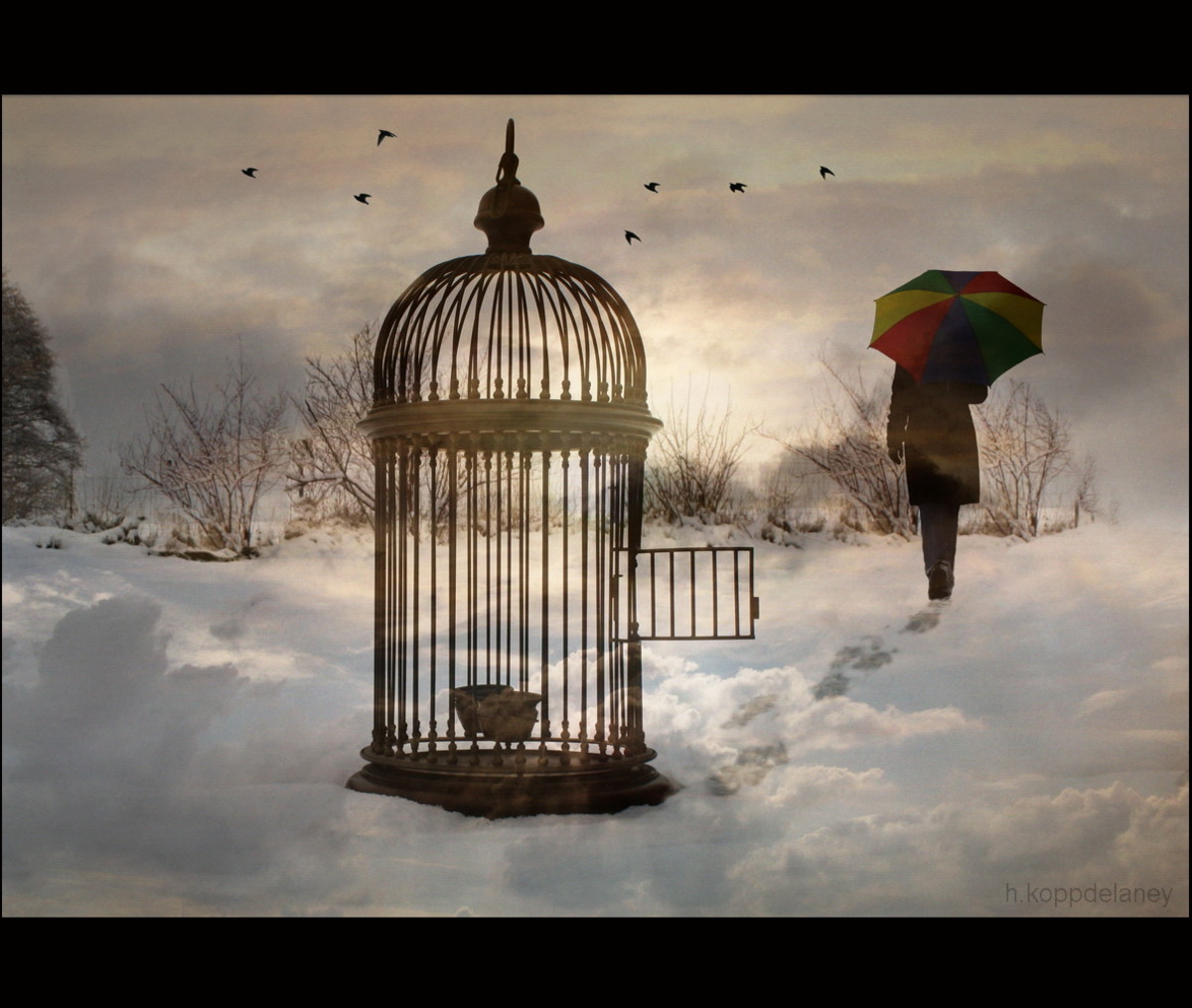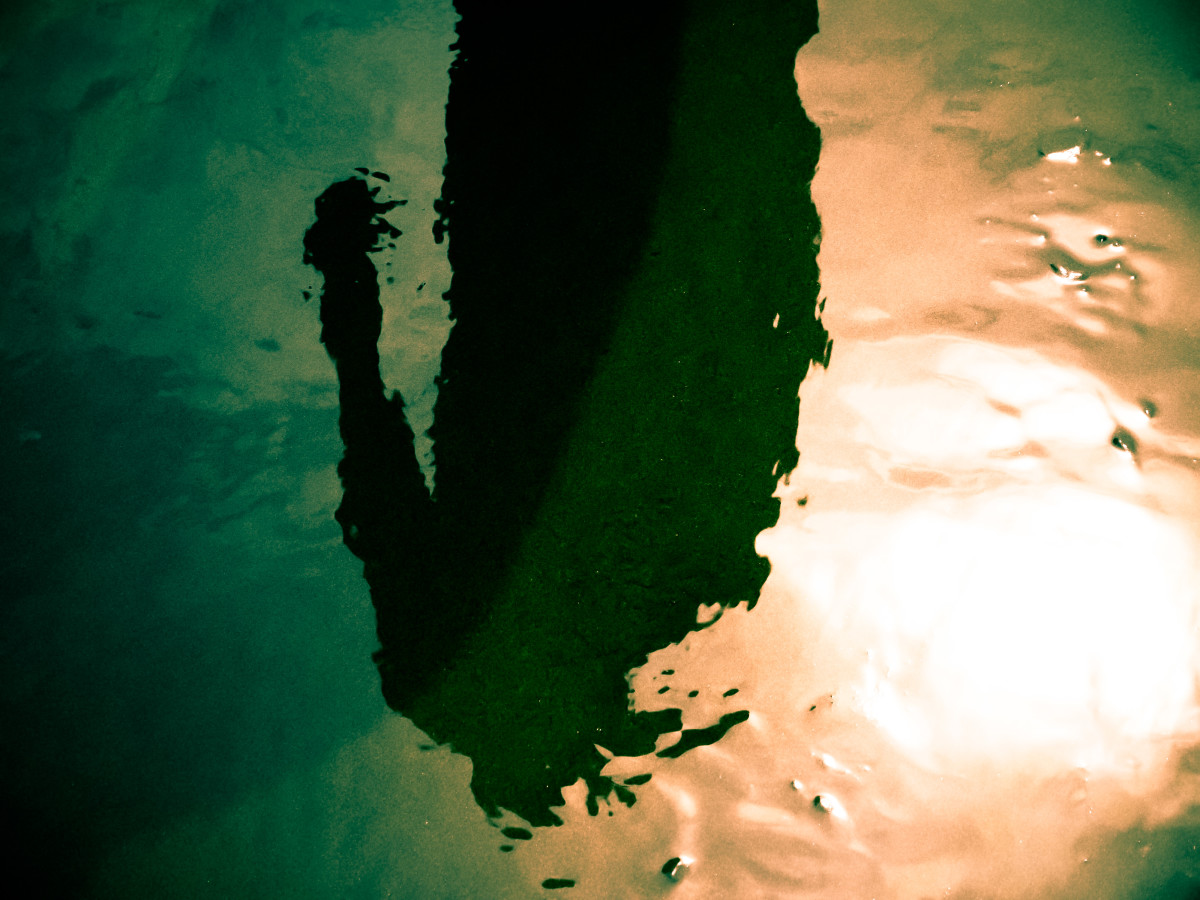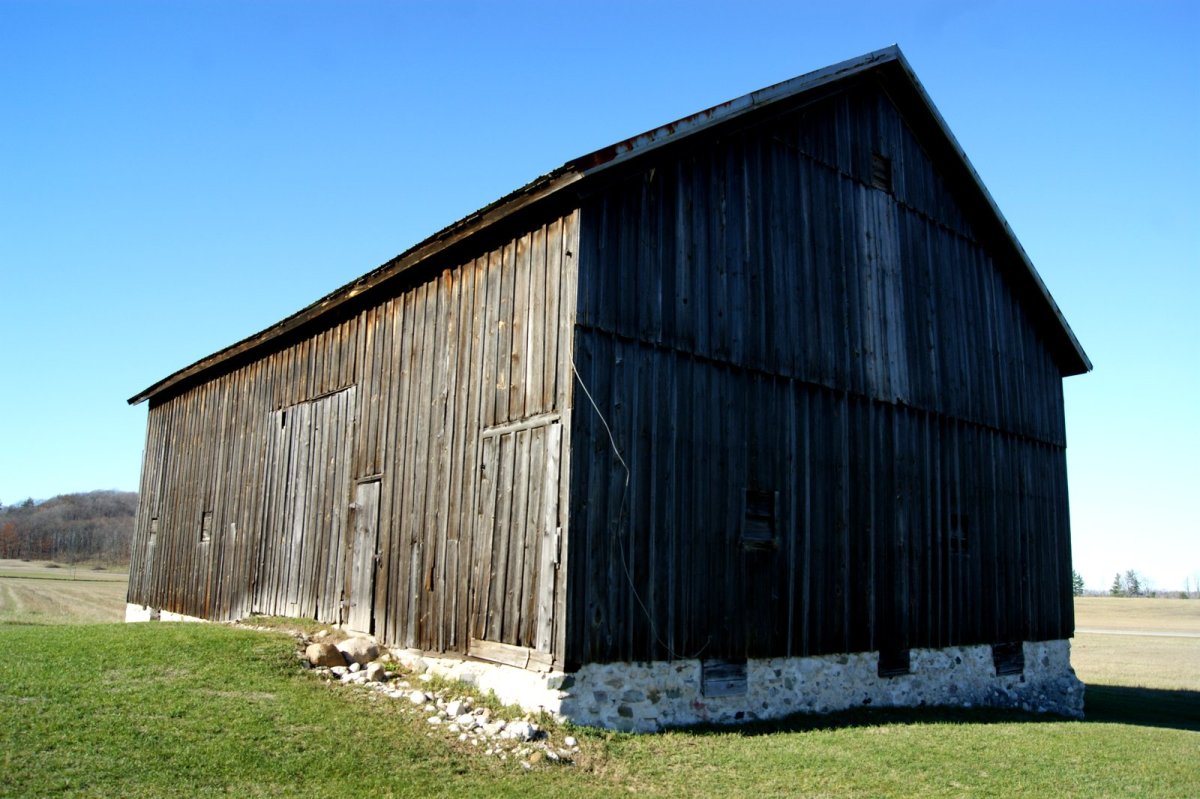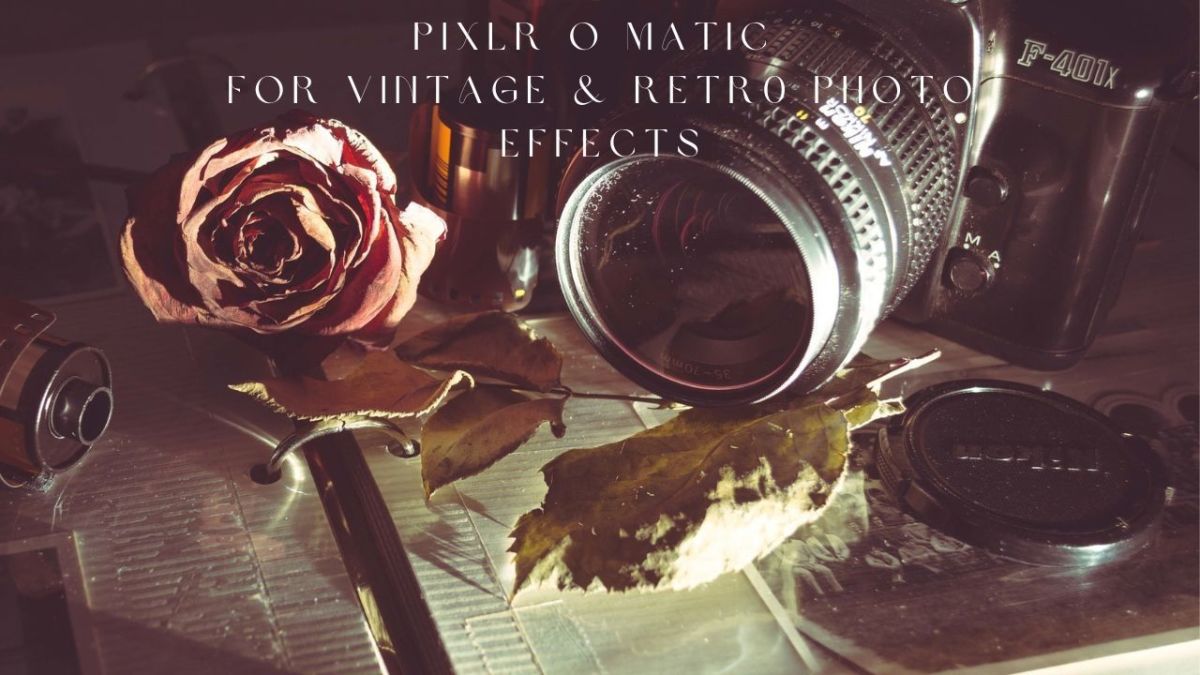How to Use Photographic Props and Backdrops Effectively
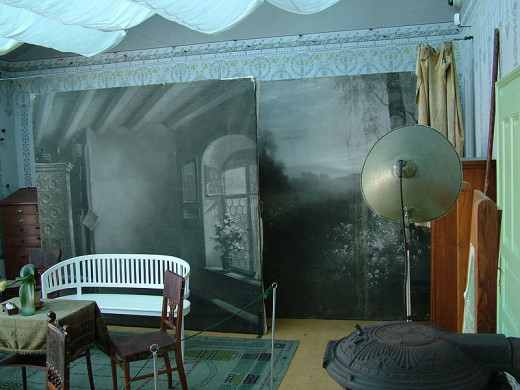
When you really stop and carefully analyze most photographs, you will soon realize that the large majority of them have props as part of the scene. They maybe naturally occurring, man made, naturally found, or purposely placed on site.
However by the same token you can also find many instances when the props do not add anything to the images they rather distract the viewer, often leading the eye away from the main subject of the photograph.
Props and backdrops can be used to add meaning to the scene, to assist with size ratio comparisons, as foreground on empty space, as a posing aid and sometimes to act as barriers for less than conforming subjects.
Props should match or rather complement the general tone and color of the scene. Its placement should not overcrowd the subject or take over the scene. Consider using props that are not obviously a posing aid.
On a majority of portraits when you see a prop it is most often a square block on which the subject leans or sits. This type of prop is useful and has its place, but a comfortable chair or perhaps a barrel would have looked much better and would have added something to the scene. The block is just a block, it is too artificial, out of place and too obvious.
Most props can be made from inexpensive materials and can provide hours of entertainment besides saving you time and money. The most difficult part of making your own props is decorating them well enough to make them seem authentic. Foam, balsa wood, cardboard, and cloth are good prop making materials.
Artificial plants are not only inexpensive but most really seem real. Props can also be as simple as a hat or any type of head cover, toys, regular garden items such as pots, rakes, and watering cans.
A great prop can be made in a matter of hours if your are artistically inclined. Large flexible foam boards can be obtained from a variety of sources such as from packing and shipping suppliers, art supply houses and specialty manufactures.
The construction industry also use them and they are often discarded once the item they were meant to protect arrives at its destination. You can scratch lines as if forming square stone blocks, or a wooden fence, spray paint them to look like stone blocks/wood (use matte paint not gloss) and by using a shallow dept of field, they are virtually indistinguishable from real stone/wood.
Another good prop and one which I have often seem being used is a large piece of cloth, like the ones used to cover a sofa and they come in a variety of colors. Canvas is good but it is often a solid muted color so judge its appropriateness before using.
You can find many samples at fabric stores and and other suppliers. Simply trowing it on top of cardboard boxes to make a shape and posing your subject within it, can add a lot of charisma to the entire scene. The key is to use a color which is in balance with and compliments the main subject.
For very small subjects, consider using wood crates, small wicker baskets, old style antique trunks. They can really add to the scene. Most can be borrowed from antique stores, once you explain its purpose and wooden crates can often be secured from local retailers, recycle dealers and supermarkets often free of charge.
Don't overlook discarded items and garage sales. Any item which has been discarded, so long as it is safe to handle, may not usually be in working order but may be serviceable as a prop. Old lamps, old chairs, old luggage are always good props. Garage sales offer many opportunities to secure very inexpensive items too.
Try to go for props which you can reuse in future shoots. Paint them often or change their colors and they become an new prop.
The main point to remember when using props is that the prop should fit in with the scene and the subject; a nice old fashion looking watering can being used by a little girl while in the garden goes well with the scene, but a beach ball in the same scene will not. A well dressed model wearing a fashionable and stylish hat is not the same as the same model wearing a baseball cap.
Pay attention to colors too. Imagine a solitary woman, standing next to an old and fading pale wall, wearing a nice old style pink dress with accessories and next to her is a bright orange vase with flowers. It is doubtful that most audiences will remember the woman but will certainly remember the vase. However, very good photographers who are known for their shocking style actually do just this. But you have to be very good at it.
Plastic props should be used judiciously as they are problematic due to their reflectivity although by repainting them with a matte color, most will be usable. Fake animals can have a variety of uses, but it is recommended that they be retouched with paint to make them look as real as possible or you can always use a shallow depth of field to trow them slightly out of focus.
if you are computer literate and know your Photoshop well, you can also download (some are free, others you have to purchase) digital backgrounds and digital props. They usually look very good if added to the photo correctly. However, nothing is more rewarding as well as fun than to make your own props or the trill of the garage sale hunt.
Of special interest; if you come along a found backdrop or prop of exceptional quality or interest, consider a digital capture and having a digital production company turn it into a digital background. They will use technology that replaces pixels as they are lost once the image is enlarged plus it is easier to use them once they are converted into a digital format.
Also useful, once you digitally capture an interesting image that you would like to use in the future, is to have a skilled airbrush artist recreate them in canvas.
As part of your prop repertoire, include smaller easy to handle props such as small toys, clay pots, cushions, pillows, handkerchiefs, hats, cups and glasses some table lamps and others. It is a good practice to keep a written record of the props used and with which photo along with a copy of the image.
When a similar situation comes up, it can be useful in suggesting new props and can help avoid using the same props on repeated occasions for similar scenes.
Also helpful is to number the props if you have a medium to large inventory as well as to attach an inventory list to boxes which hold your props. This will save you time when looking for a particular one. For babies and very small children and some occasions, your arms, legs and hands can also be props, think outside the box!
As your prop inventory grows and includes unusual pieces, which are in good condition and even contains some hard to find items, this can provide a revenue source by renting them out to other photographer, even to TV and commercial productions. I once rented several antique fencing swords and an antique bow to a television production taking place in my hometown. Not only did I get paid, but actually became an extra, funny thought, I never actually knew the name of the movie. But you never know.
Many more photography articles featuring tips, technical advice and project ideas!
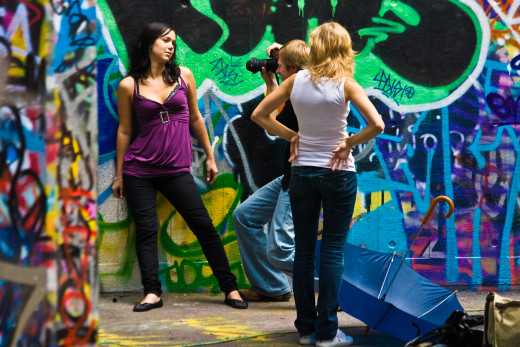
Do you use DIY backdrops?
- 30+ Creative Studio Backdrop Ideas for Photographers on a Budget
If you do not have excess money to spend but want cool looking backdrops, we have more than 30 great ideas to get you started.There are dozens of incredible backdrop companies in the marketplace now. When I first started shooting, you pretty much we
© 2011 Luis E Gonzalez


